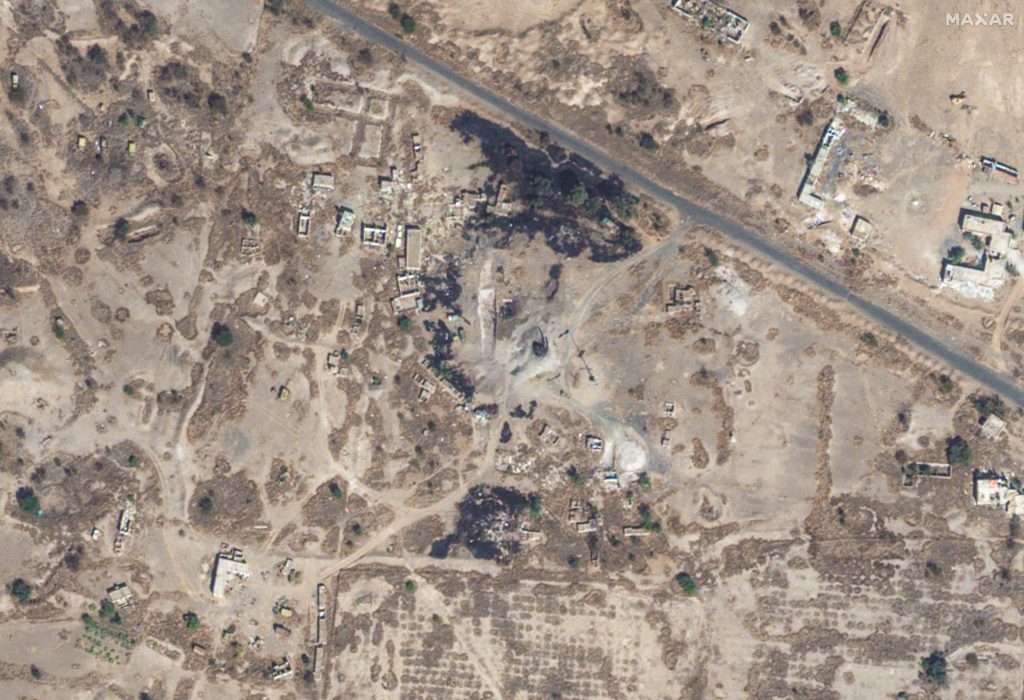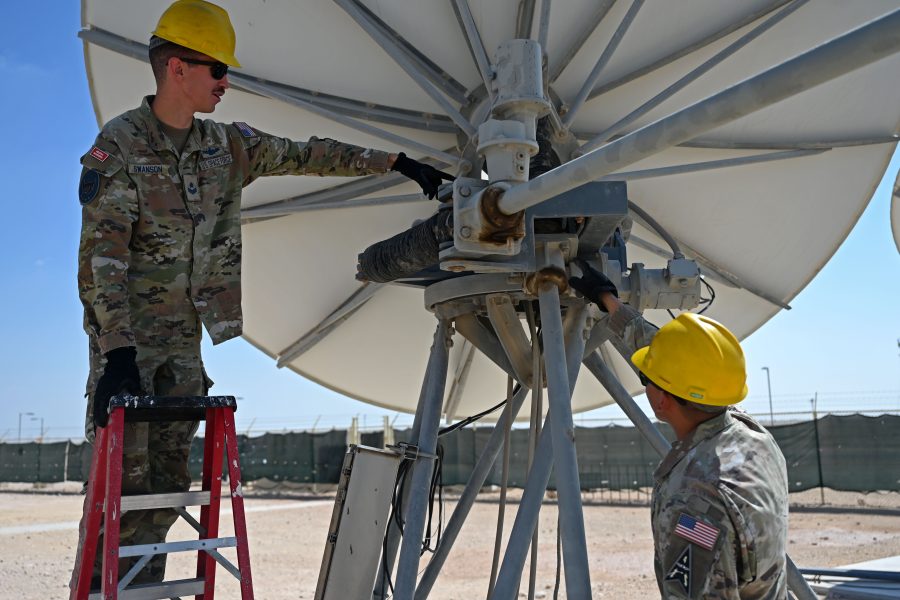Space-based assets are playing an important role as the U.S. contends with an array of threats in the Middle East.
“In general, space is absolutely essential to any mission the United States military does,” John Plumb, assistant secretary of defense for space policy, told reporters at the Pentagon on Jan. 17.
Those pivotal capabilities are why U.S. Central Command (CENTCOM) was one of the first geographic commands to set up a Space Force component command, SPACECENT, in late 2022.
“SPACECENT, the realization of that is we have a service, we have space effects, the space service, the Space Force, in this case, should be providing those effects,” Plumb said.
While the Pentagon has declined to disclose specific surveillance assets, the Department of Defense has publicly acknowledged airborne assets are helping protect shipping as part of Operation Prosperity Guardian. And when it comes to intelligence on Houthi military capabilities in Yemen and tracking of the group’s missiles, space-based assets are also likely to be at work—though the Pentagon’s top space policy official declined to tip his hand on Jan. 17.
“Missile warning, the imagery” and intelligence, surveillance, and reconnaissance, Plumb said, highlighting some key capabilities. “There’s all sorts of things available from space … that affect that particular scenario.”
The U.S. launched yet more strikes against the Houthis in Yemen using U.S. Navy vessels on Jan. 17, U.S. officials said, marking the fourth round of strikes in less than a week.
Fourteen missiles were struck, according to U.S. Central Command. “These missiles on launch rails presented an imminent threat to merchant vessels and U.S. Navy ships in the region and could have been fired at any time, prompting U.S. forces to exercise their inherent right and obligation to defend themselves,” CENTCOM said in a statement.
In Yemen, the U.S. has tracked drones and missiles launched by the Houthis, though it has not provided details on how it does so. Commercial ships can also be tracked by satellite online and commercial satellite imagery has provided a look into some of the damage done by the first wave of U.S. and U.K. strikes last week.

The U.S. also destroyed four more anti-ship ballistic missile targets on Jan. 16, the U.S. military said.
Those missiles were “prepared to launch” Pentagon Press Secretary Air Force Maj. Gen. Patrick S. Ryder told reporters on Jan. 17. More than 60 targets in 16 locations were struck with over 150 munitions in the first barrage.
On Jan. 17, CENTCOM announced yet another Houthi attack on a commercial ship, and the U.S. conducted its strikes. Ryder said CENTCOM had the authority to conduct “dynamic” strikes, though it was not clear if that was the case with the strikes on Jan. 17.
“We’re going to continue to do what we need to do to protect our forces but also deter future attacks from the Houthis,” Ryder said before the strikes.
Just like Air Forces Central (AFCENT) and Naval Forces Central (NAVCENT), Space Forces Central Command helps the U.S. respond to whatever contingency arises in the Middle East.
“It’s in our DNA,” Plumb said. “It’s part of the way we fight, it’s part of the way we think, it’s part of the way we operate.”
